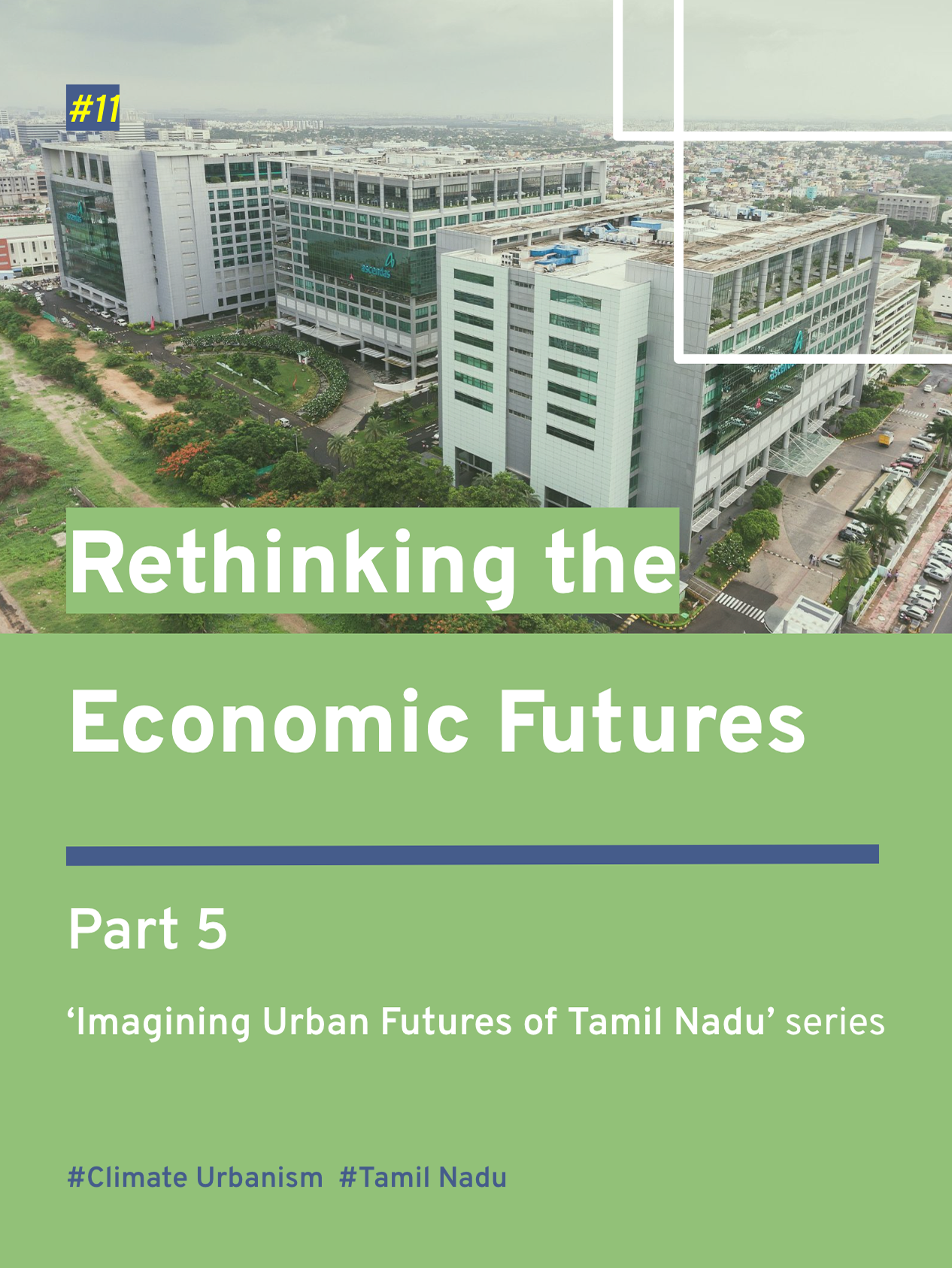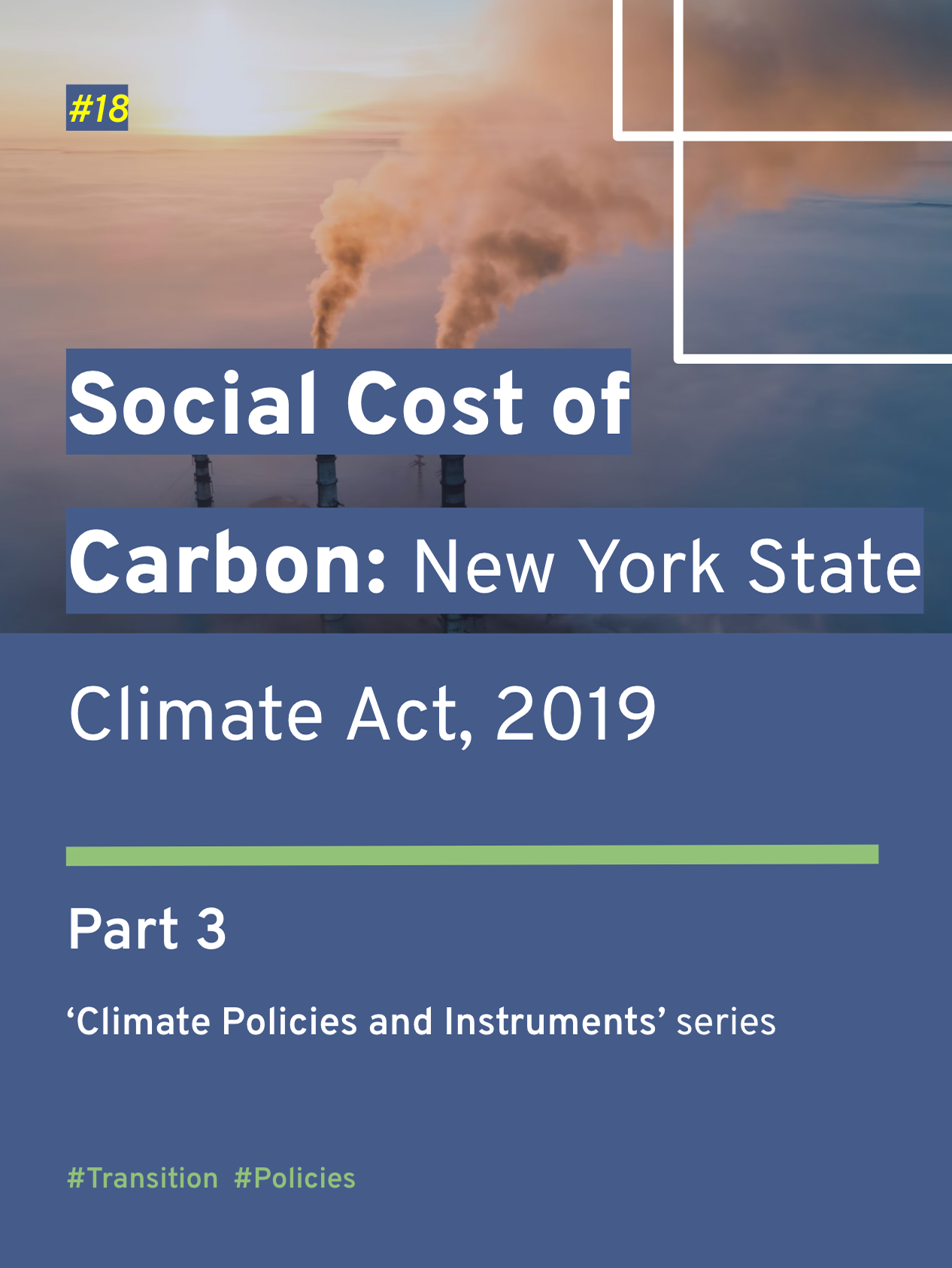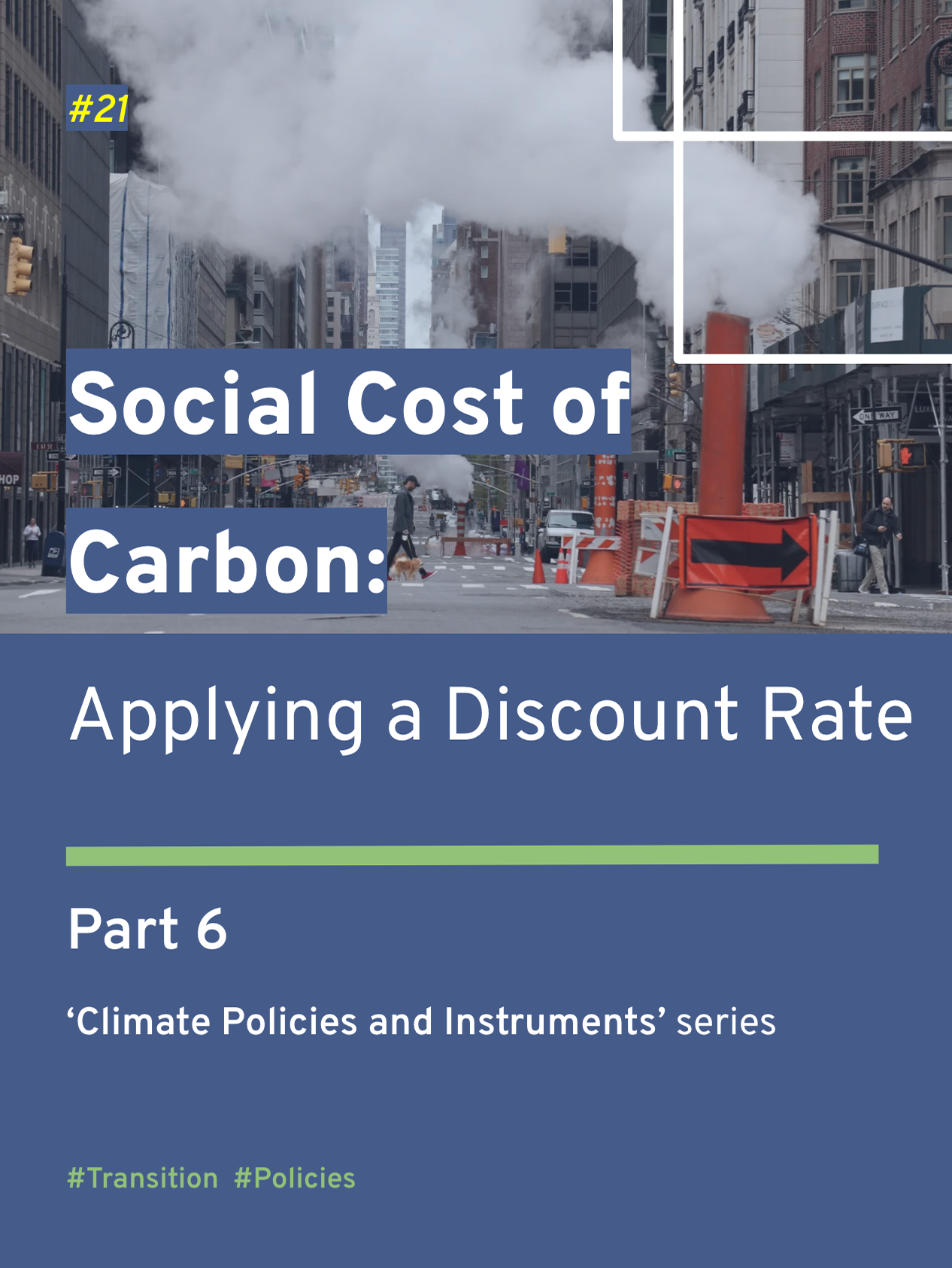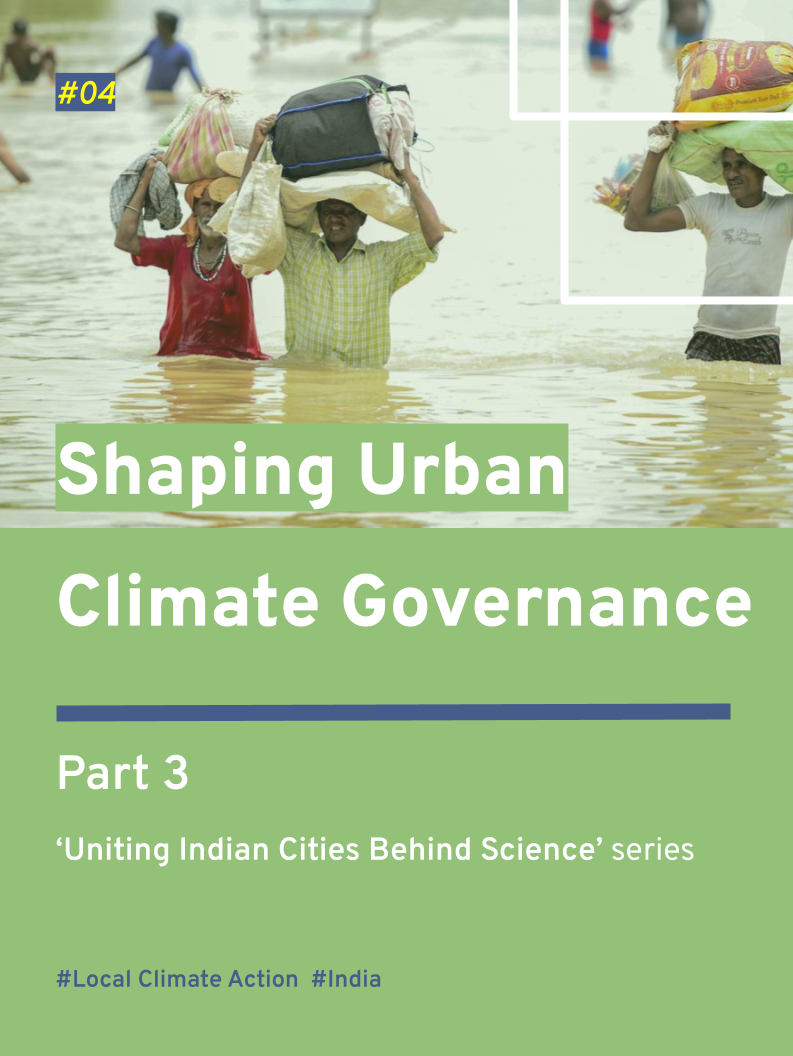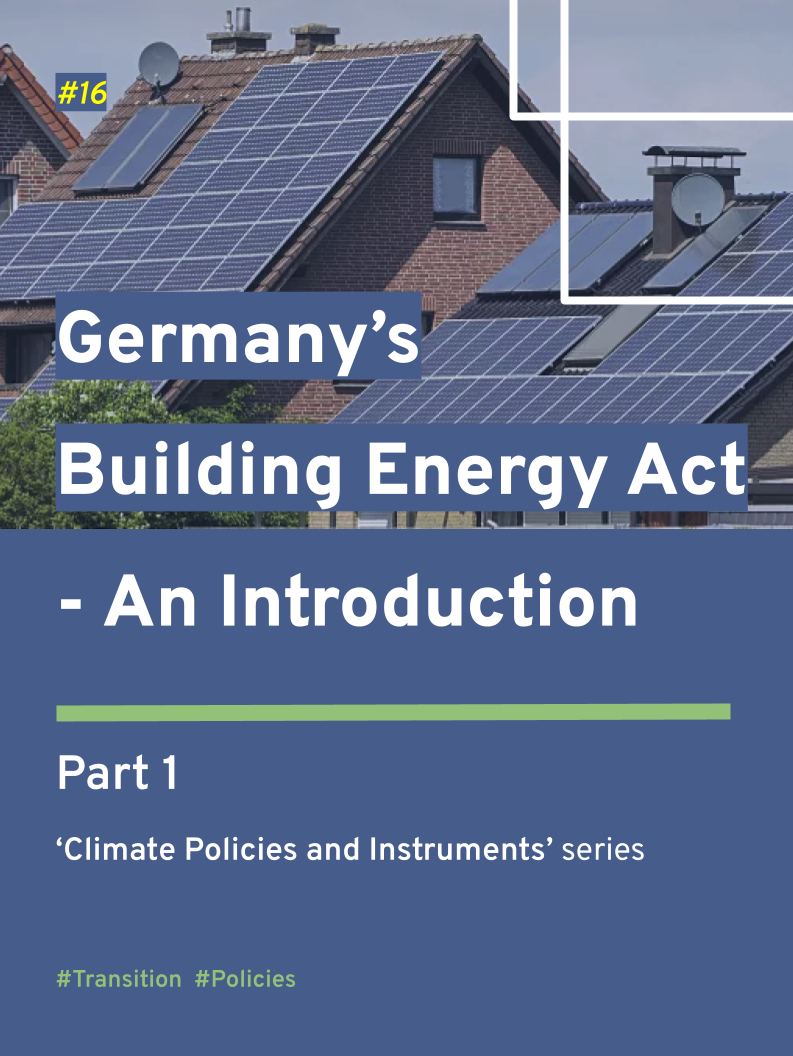Part 3 of ‘Imagining Urban Futures of Tamil Nadu’ series
Chennai, Tamil Nadu (TN), India (Source: DownToEarth)
Click here to read Part 2, which discusses the context of Tamil Nadu (TN) through the lens of development and climate disasters and proposes four threads to explore Tamil Nadu’s urban futures through ‘Climate Urbanism’.
Simon Glynn, founder of Zero Ideas, suggests depoliticizing climate action, especially as we need substantial efforts to cut emissions by half by 2030 and there is very little time to play politics. But can climate action escape local and regional politics? If climate change is the biggest problem of our century, is it possible to not make it a ‘political project’? The Chief Minister of Tamil Nadu’s tweet on December 9, 2022, saying, “Let the Dravidian model guide (the nation) not only in social justice but also in ecological justice,” following the launch of the TN Climate Change Mission, is a clear sign of climate action crawling through its way into subnational and national politics.
What is the ‘Dravidian Model’? What does it mean for urban climate futures? Should it be viewed only as a regional, political tag to claim identity, authority, and credit for the potential future outcomes of the actions being pursued today? Or does this provide a new lens and a range of innovative tools to reimagine the future through climate-responsive urban development?
John Harriss defines the Dravidian Model as “an approach to development, driven by a quest for social justice, to be achieved by overcoming social status inequality," in this case, the inequalities based on the caste hierarchy. As a political ideology, the movement attempted to embrace egalitarian, anti-caste, and social justice themes within electoral democracy by reinforcing a composite socio-cultural identity of Dravidian-Tamil.
While this century-old movement has taken an organic course through history and had its successes and slippages, this blog attempts to briefly present three foundational strategies or modalities of the Dravidian Model that influence urbanisation and climate action.
1. Pro-industrialization and democratisation of capital accumulation
To achieve the motto of freeing suppressed castes out of rural socio-cultural norms, this left-populist movement focused on creating 'modern jobs’. This led to a strengthened drive for pro-urbanisation and industrialization policies that supported non-agricultural manufacturing sectors between the 1970s and 1990s. Later, this extended as a vision to make TN a leader in the services sector, with a state 'Information Technology Policy' in 1997 and the first IT park in 2000. The state also offered strong support for small- and medium-scale non-agricultural enterprises and the democratisation of capital ownership. The state’s GSDP in 2021–22, with the contributions of agriculture (13%), manufacturing (32%), and service (55%), stands witness to this approach. This, along with the concentration of manufacturing and service sector industries in cities and peri-urban areas, also underlines the state’s pro-urbanisation attitude, positioning cities as modern and inclusive places to live away from the traditional, rural, caste norms that plagued agricultural labour. However, the critics also highlight the incapacity and hesitancy of the Dravidian leaders in giving necessary attention to rural land reforms due to the dominance of landholding elites in support of the movement.
With this preliminary information, one could say that the Dravidian Model is pro-urban. Both for social and economic reforms, this political ideology presents ‘mobilising people from rural to urban’ as an attractive solution. Would adopting the ‘Dravidian Model for Ecological Justice’ mean furthering the urbanisation rate and strengthening city systems? Maybe, as anyway TN is expected to be the most urbanised state by 2030, with more than 67 percent urban population.
2. Regional autonomy, decentralised planning, and economic growth
TN, under the leadership of Dravidian parties, strongly advocates for upholding the ethos of the federal system through a coalition government at the union level and greater state autonomy.
At the state level, through the TN State Planning Commission (TNSPC), the state launched ‘Decentralised District Planning’ in 1993–94, an effort for decentralisation or regionalization of planning. Today, the state has the Directorate of Town and Country Planning (DTCP), which guides twenty-seven local planning authorities and eight new town development authorities and aims to bring 22% of the state's geographic area under regularised planning schemes. The movement’s pro-industrialization steps also embrace equitable industrial dispersion as a policy agenda through the State Industries Promotion Corporation of TN Limited (SIPCOT). There are twenty-eight industrial parks and six special-economic zones in the state, spreading across sixteen districts. The TN Industrial Policy 2021 specifically promotes large-scale industries in the southern districts and districts with no or fewer industrial parks by providing a structured package of additional incentives, including land cost subsidies.
In addition to being pro-urban, the Dravidian Model also aims to be (re)distributive and equitable. But, is that the complete reality? Like many regions globally, TN also operates with a strong metropolitan bias; intentionally or unintentionally favoring the bigger cities like Chennai, Coimbatore, and Madurai. For example, TN has 649 urban local bodies (including 21 Municipal Corporations, 138 Municipalities, and 490 Town Panchayats). As per the Sixth Finance Commission’s recommendations, the devolution of grants between the capital city (Chennai) and the other urban local bodies cumulatively is currently done in the ratio of 16:84. Even if we look at the basis of population, the Greater Chennai Corporation has an annual budget (2023-24) of approximately 60 crores per one lakh population. In contrast, Avadi Corporation, located within 20km from Chennai spends approximately 20 crores per one lakh population. It is imperative to contemplate, how would this disparity in resource access influence the urban future of TN.
3. Structural inclusivity and institutionalising social welfare policies
Policy initiatives and targeted programmes to support historically suppressed communities and improve their access to education, health, and modern jobs, especially within public administration, are viewed as the core strategy to bring structural inclusivity and establish a ‘productivist ethos’. Remarking on changes in this direction led by popular vote bank politics, many authors also highlight the movement’s dependency on land-owning, elite segments of the backward castes, and the continued marginalisation of Dalits, the most suppressed community. On this account, John Harriss partially dismisses the claim that the pursuit of a politics of dignity and inclusivity by the Dravidian movement has been successful.
Having witnessed informal settlements being washed away alongside high-rise, luxurious apartments left stranded in floods after floods, how should the state look at ‘structural inclusivity’ in the context of climate futures? Who needs prioritised policy attention? If the answer is ‘everyone’, then does the state have the willingness and capacity to spearhead such a transformative climate urbanism?
This blog has raised more questions than it provided answers for. Because, ‘Dravidianism’ is critically regarded for its successful regional political mobilisation, but the ‘Dravidian Model’ as a theorization to package a comparatively egalitarian development trajectory for TN and inform future directions for an inclusive, climate-responsive society in the neo-liberal era is new. Hence, these questions are set to observe the evolving socio-political transformations and explore contextually-rooted urbanisation pathways.
Dravidian Model for ecological justice: A new package? Or a new direction?
Check out the next blog post, to read preliminary insights on how the Dravidian Model could inform TN’s urban climate future.
Have questions, thoughts, or feedback? Write to nagendran.bala.m@gmail.com.
